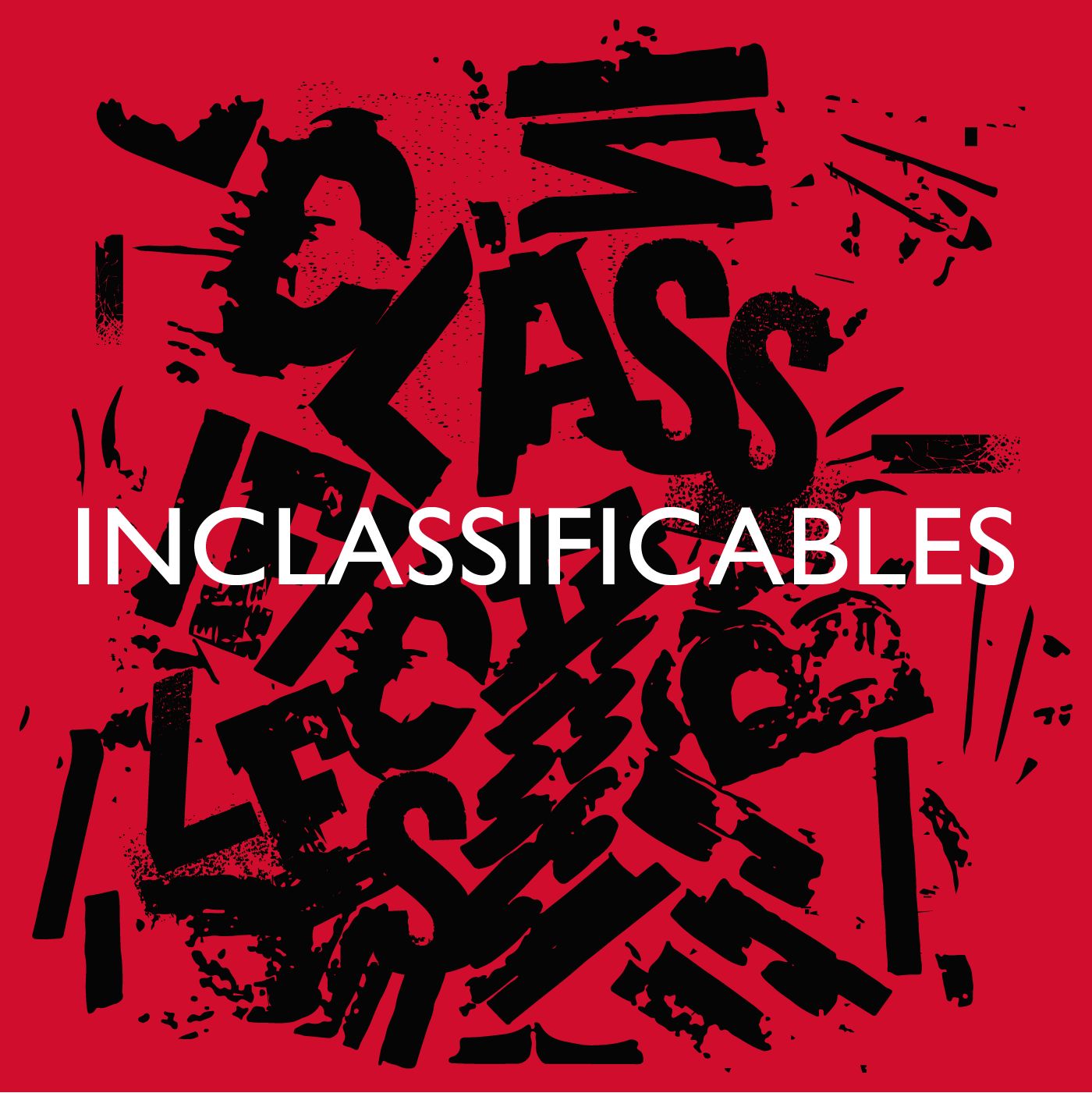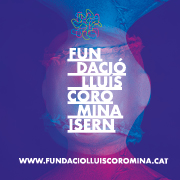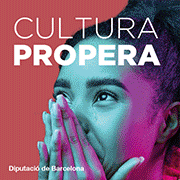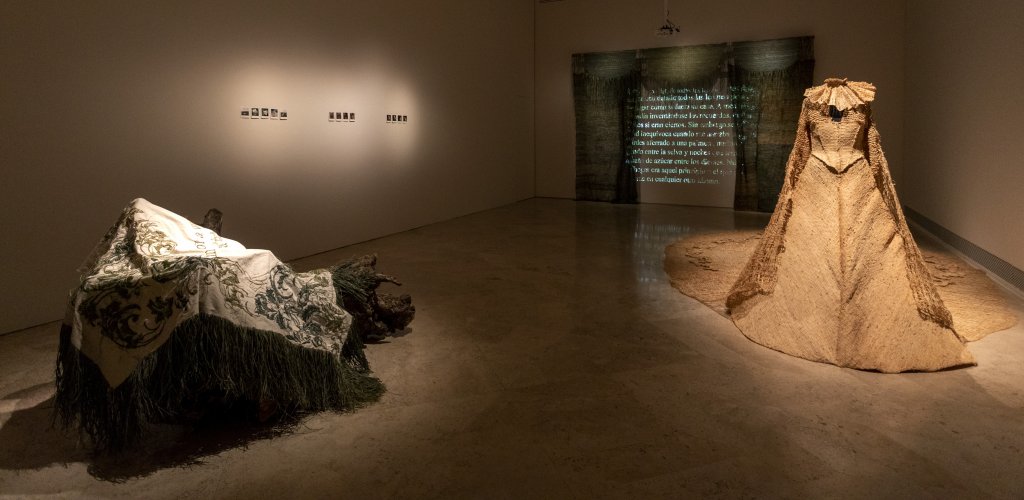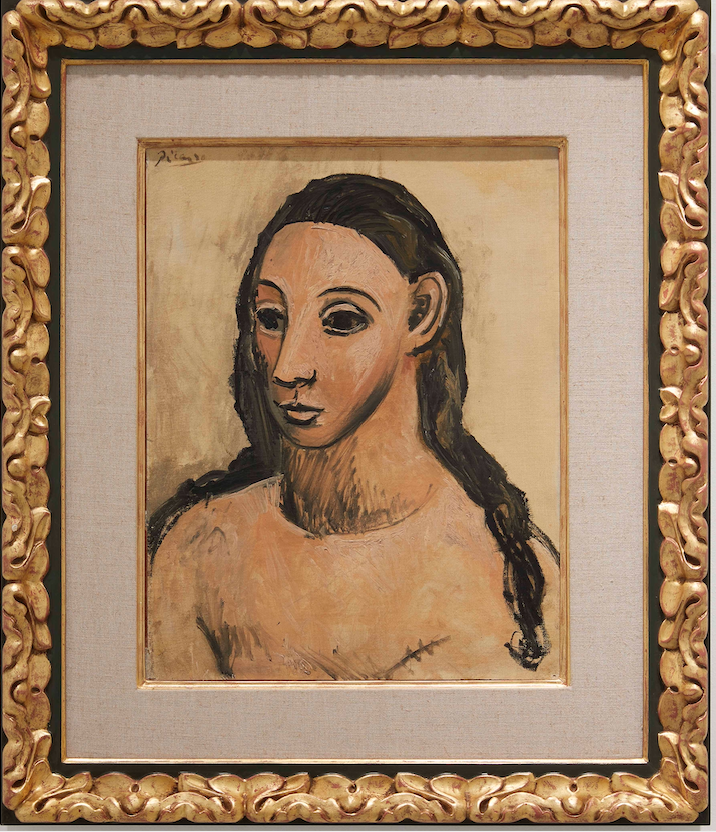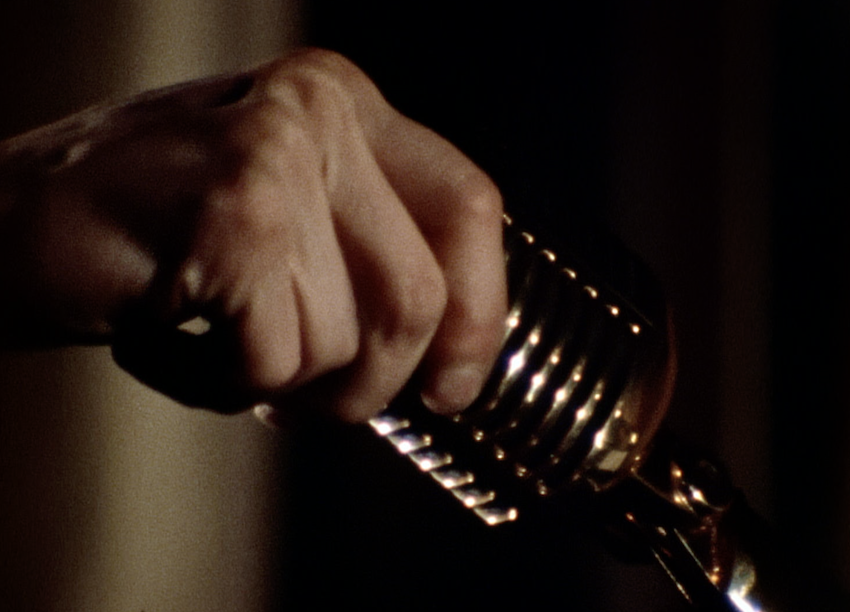Exhibitions
The Juan March Foundation presents the first retrospective dedicated to Bruno Munari in Spain
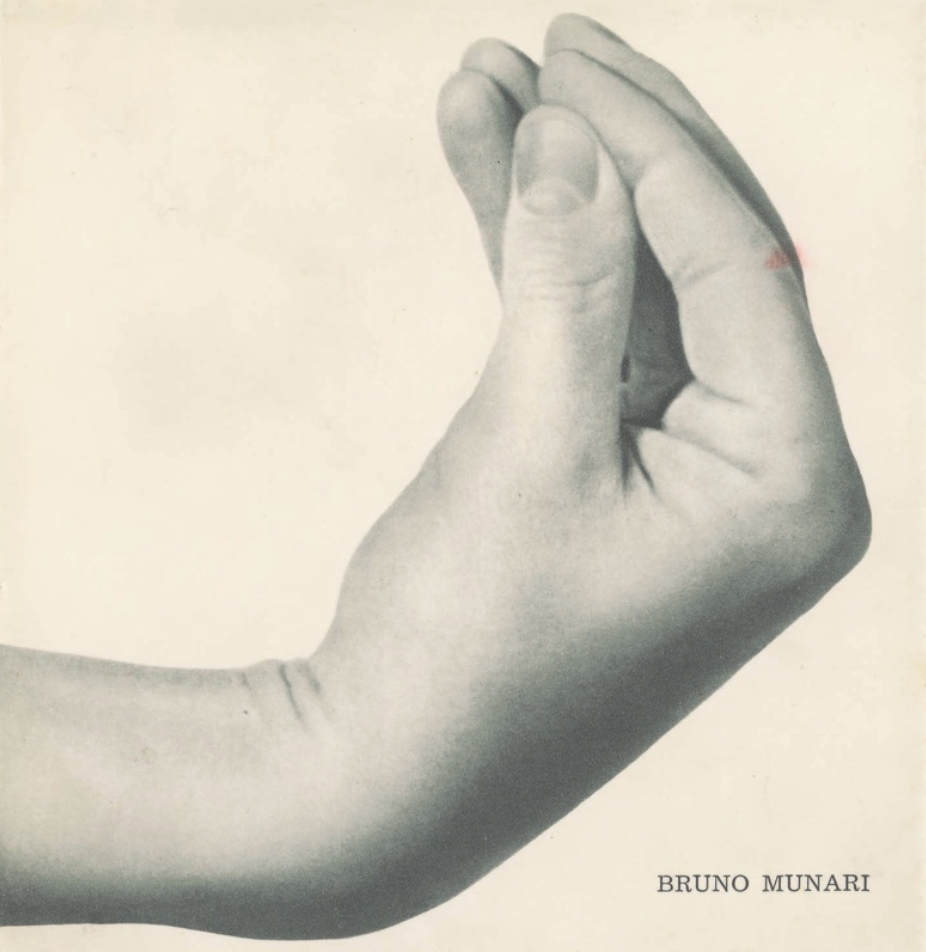
A "Leonard of our time." This is how Picasso described Bruno Munari (Milan, 1907-1998), one of the most significant figures in twentieth-century design and visual communication. On February 18, the Juan March Foundation inaugurates the first retrospective dedicated in Spain to this artist, designer and pedagogue who sought the essence of art and design in the balance between rigor and lightness, always using of play, humor, and irony.
The exhibition, conceived as "a collective exhibition of Bruno Munari" - as he titled one of his exhibitions - includes a selection of about three hundred paintings, drawings and sculptures, projections and play of light, pieces of graphic and industrial design, typographic and written exercises and children's books from private collections and public and private institutions. Both the exhibition, which includes his first works related to futurism and graphic design to the last experiments of the nineties, and the accompanying publication are organized around the methodological concepts essential to Munari's work: time, the method, the lightness, the experimentation and the contemplation.
In one way or another, his work can be understood "as a brilliant and continuous exercise because we look at everything in front of our eyes and often do not see", as Manuel Fontán del Junco, Marco Meneguzzo and Aida Capa explain in the introductory chapter of the sample catalog. With the paradox that this artist, who claimed to have “tried to communicate what others do not see: a rainbow in profile, for example”, who made the air visible by organizing a rain of paper on the square of 'a small Italian town in 1969, or which defined the tree as' the very slow explosion of a seed', is not as well known as visible as it should be. After his futuristic graphic experiences in the decade before World War II, in the 1950s Bruno Munari confirmed himself as a kind of "inventor" of forms and as the inventor of a general project idea. ”Which combined art and design, graphics and chromatic practice and, from the 1970s, creative teaching and pedagogy. An ability to play on different "playing fields" that makes his figure still very current.


